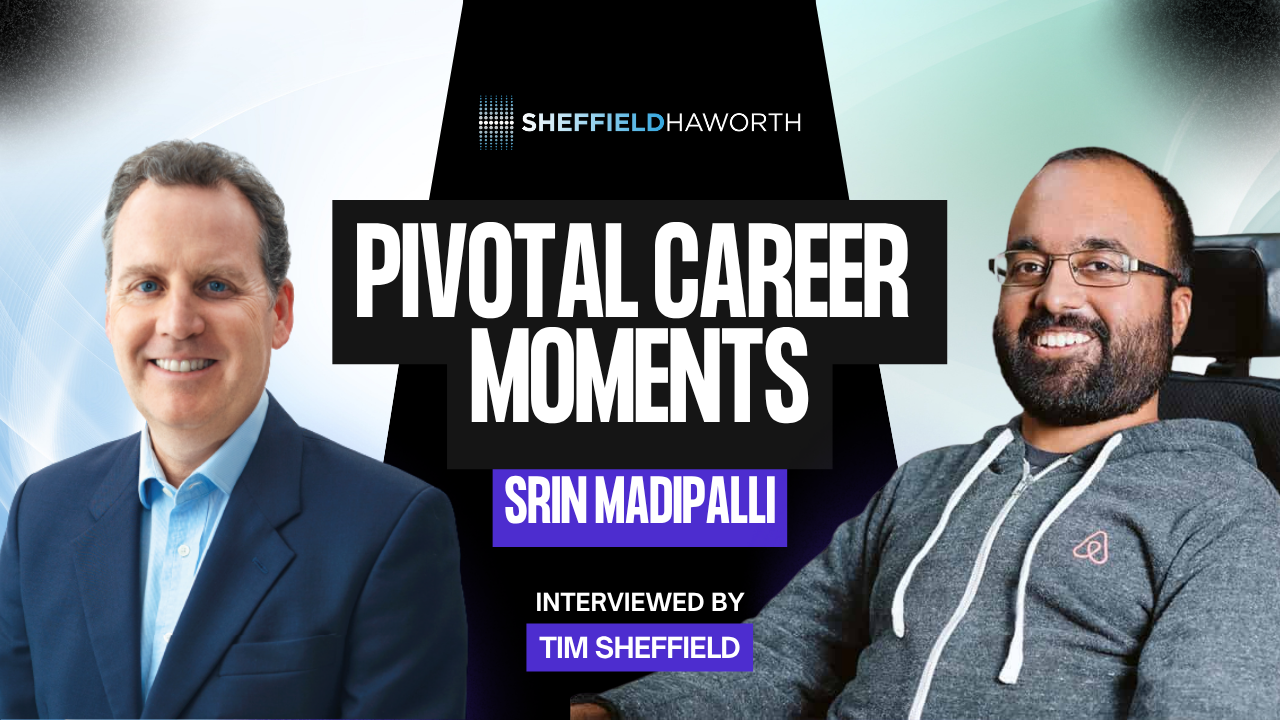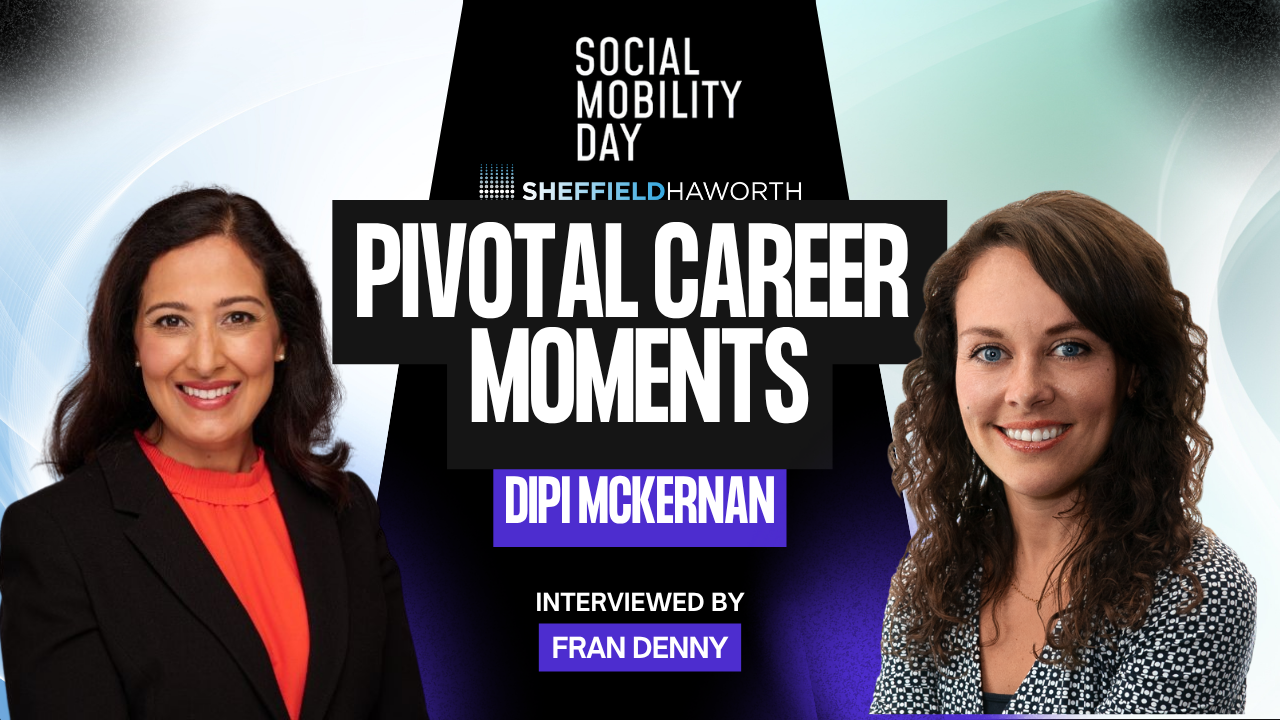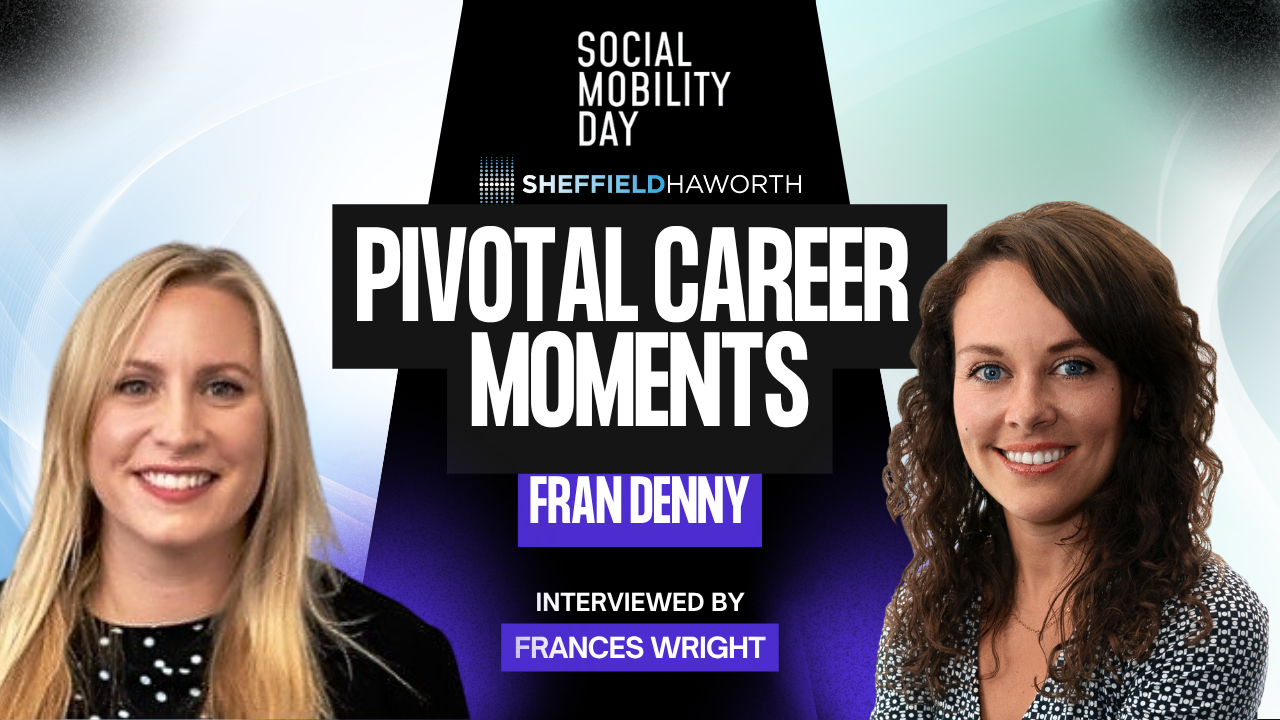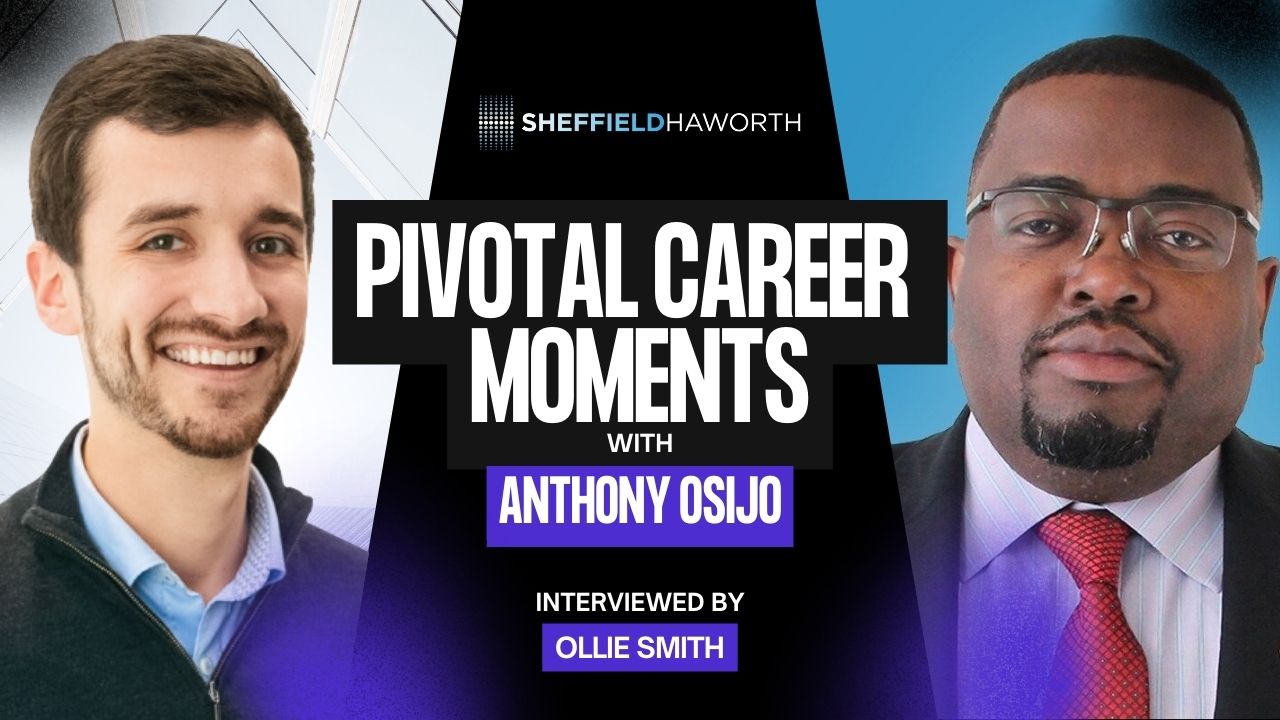Assessment can be a dry word when you refer to it, but it’s actually very rich and extremely useful for promoting diversity and inclusion. I find this link fascinating, and it’s difficult to know why anyone wouldn’t use assessment for that purpose.
This article is part two of a three-part series exploring different aspects and benefits of assessment. If you missed part one on the benefits of trait assessment, you can read that here.
In this part, Angela Goldberg does a deep dive into the many D&I benefits of using assessment, as well as some of the potential pitfalls and considerations. This is a topic that has become increasingly close to my heart, so I hope you find Angela’s thoughts both useful and inspiring.
Two key ways assessment can help any organisation become more diversity confident
By Angela Goldberg
Not only can assessment help you in the context of supporting diversity and inclusion during your recruitment and selection process, it actually does this in two different ways.
The first is to make the selection process itself more diversity confident. The second is to help surface and mitigate individual biases in the people you hire. Let’s start by talking about the process.
Mitigating selection bias in your recruitment process
The recruitment and selection process actually creates a perfect storm with regard to conscious and unconscious bias. When you think about it, you’re forced to make quite far-reaching and important decisions about people based on relatively limited chunks of information.
You also have to do that within a fairly short timeframe. There’s quite a lot going on.
Because of those pressures it’s much easier to go with a decision that feels very familiar to you. Familiar decisions around who fulfils what role – or who you perceive fulfils a role better than someone else – brings a feeling of security and a sense that you’re making a lower risk decision.
These are important things. However, in terms of disrupting bias in the process, or reducing bias in the process, that often means that your decision-making is based on a feeling of affinity with the candidate, something that you have in common.
Using profiling per se brings in a new source of objective information. It helps disrupt some of those affinity biases that might enter into your decision making because it surfaces information about people that would be really hard to get simply by asking them questions or by reading their CV.
In addition, it can help triangulate the other sources of information that you might have about a candidate. So it gives a recruitment panel a much fuller picture of how the candidate prefers to work which in turn gives confidence about who to choose.
So that’s the process piece. Now let’s focus down on diversity in the individual, because there are a couple of angles that are good to keep in mind.
Assessing a candidate’s D&I knowledge
Some of the longer-established profiles on the market don’t specifically explore a candidate’s D&I knowledge because they’ve been around for quite a long time. This is true even of very well regarded profile types such as Hogan.
Despite this, many psychometric profiles could form the basis of a robust validation conversation which is where the assessor will explore the key messages that have emerged from the raw reports and explore them in more detail to get more evidence.
In relation to D&I, that conversation can really explore the candidate’s understanding of diversity and inclusion competences, as they relate to the role and organisational priorities. We can explore things like, what does open mindedness look like? What does curiosity look like? What does change orientation look like? By doing this, we start to get a feel for that person’s understanding of the characteristics of inclusive leadership.
At the same time as using validation conversations to draw out D&I knowledge from a candidate, there are also some newer profiles on the market that have started to specifically measure inclusive leadership know-how. These look at lots of different things but typically, the main competency areas they look at with regard to D&I are:
- Whether or not the candidate recognises the distinction between inclusive leadership and excluding behaviours.
- Whether or not the candidate has a high ability to display empathy and a tendency to use other perspectives in their decision making.
- It helps us measure other important parts of the inclusive leadership toolkit, such as a willingness to challenge inappropriate behaviours or to be an upstander.
- Lastly, these profiles are very useful in helping us to understand whether or not the candidate understands what we mean by promoting a culture of dignity and psychological safety.
Becoming more diversity confident
In summary then, assessment can increase your diversity and inclusion confidence both in terms of your recruitment process itself, and by allowing you to test the D&I knowledge and awareness of your candidates. These two points alone make assessment hugely valuable in supporting and promoting diversity and inclusion in your organisation.
Here’s a final point to really emphasise the D&I value of assessment. You can also use it to enhance team diversity and to reduce groupthink. There are lots of team profiling tools on the market and several of these can help you to assess how inclusive team cultures are. They look, for example, at team culture, how decisions are made, how relationships develop and how ‘safe’ people feel to be their authentic selves – all the ingredients of job happiness and high performance.
Assessment is such a useful tool for promoting diversity that I would encourage every organisation and every executive recruiter to add it to their selection toolbox.
Read part one of our series on the benefits of assessment: The Benefits of Using Trait Assessment for Candidate Selection and Recruitment.
About Angela Goldberg
Angela is the director and founder of Angela Goldberg Associates, a training and development coaching business that specialises in diversity and inclusion. Angela has worked with multiple clients in the UK and internationally in a wide variety of sectors including local and central government, professional and financial services, media, publishing, and law. The BBC and the Houses of Parliament are among her past and recent high-profile clients.
Angela’s main areas of focus are unconscious bias, inclusive leadership, promoting respectful cultures, and diversity-confident recruitment. She is also an accredited coach with the Institute of Leadership and Management and a qualified assessor registered with British Psychological Society.

















